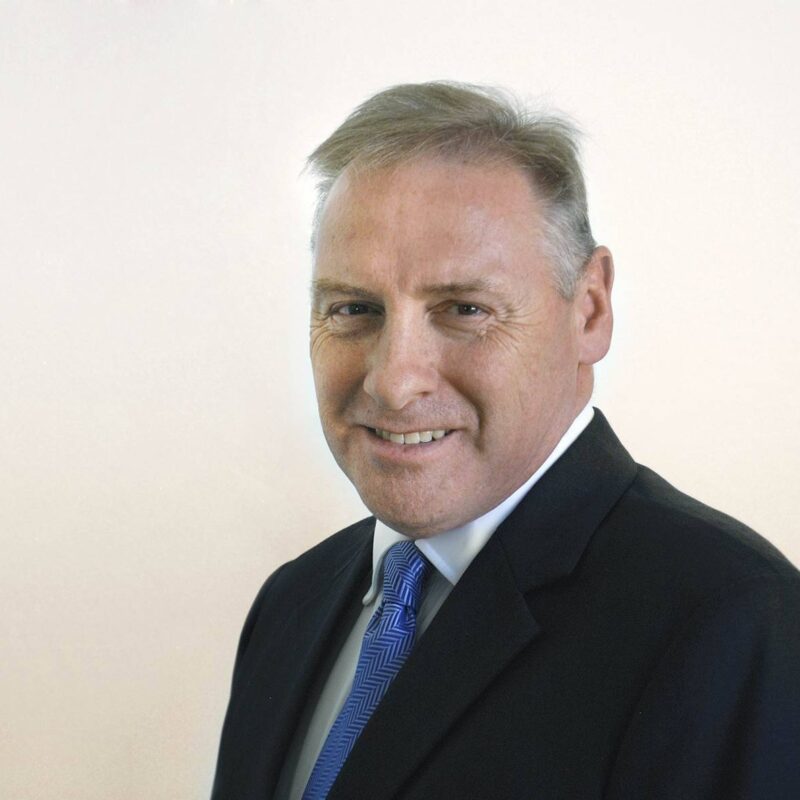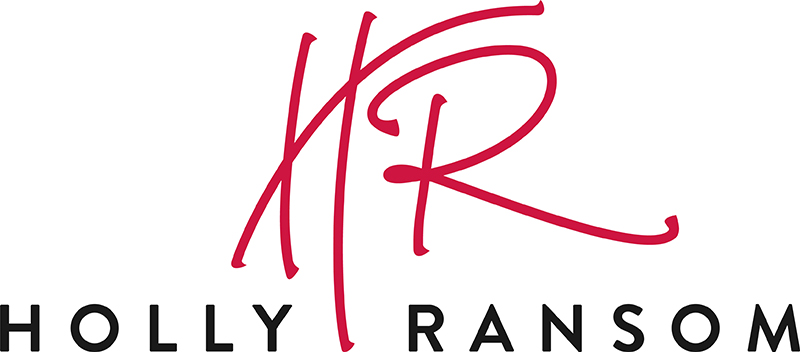What should we do when every decision is a tough decision?

Leading in a world where every day feels the same?
When I sat down to chat with renowned transformation strategist, Ron Gauci, we were discussing the mindset leaders need to cultivate in order to turn crisis-imposed business disruption into crisis-led business transformation. Ron’s practical and experienced-based tips seem to have struck a chord with the LinkedIn family and so this insights paper seeks to break down the information into actionable steps to take when every decision feels difficult.
- Turn data into positive action.
- Listen with empathy. Communicate with fact.
- Formulate a strategy and communicate your plan.
Turn data into positive action.
“Never waste a crisis” says Ron, emphasizing that we have one chance to earn and secure the trust of our people. And one chance to channel uncertainty away from panic and into opportunity. Leaders will be revealed in moments of stress and uncertainty, and for those heading up organizations, a situation of stress cannot mean being stressed. “We need to be making our best decisions under stress.”
This sounds logical in practice, however for many leaders around the world right now, every decision is a tough decision and every day is more of the same. The extended timeframe of the COVID-19 health pandemic and subsequent vacuum of economic progress means that war-time resilience is being called for. The only way we will collectively navigate through this is to turn data into positive action.
When we enter a crisis, it is critical to clear our minds of assumptions and understand the extent of the problem. Almost immediately, we embark on an exhaustive learning process taking in constantly updated information from multiple conflicting sources. On a grand scale, the global population has been called on to lead in this way. Collectively, we have taken a disease predicted by epidemiologists to be capable of a 10% (or higher) death toll, down to 6% (in the US) and well below that in other countries like Australia and New Zealand. Data has been crucial at every point of these public responses- from tracking infection rates to monitoring ICU admissions, undertaking predictive modeling of different interventions (and then testing against hard data post-implementation) and contact tracing those with positive covid diagnoses to contain the spread. When humans are given the data, we naturally draw insight. As leaders, we must listen with empathy but communicate with fact. This balances out the counterintuitive reality that information (even with negative implications) makes us feel calmer. Leaders have a responsibility to remove themselves from emotion and panic when it comes to decision-making.
Listen with empathy.
Communicate with fact.
What happens when leaders allow emotion to fuse with information in their messaging? We do not need to look far to witness examples of how contradictory messaging by leaders affects the population. Whether we look at the closing (and reopening) of schools across Australia, the guidance about whether or not face masks were useful by WHO or the “Liberate our states” phenomenon in America, a leader who separates data from action strikes the heart of a constituent at their most vulnerable.
In crisis, empathy will prove a critical competitive advantage for any leader. Authenticity is important at all times but in situations of heightened sensitivity, there’s a premium on it. According to studies carried out by Development Dimensions International (DDI), empathy is the biggest single leadership skill needed to drive loyalty, engagement and innovation. Dianne Crampton at Gonzaga University found that “Empathy is a universal team value that promotes high commitment and cooperation” (Fast Company, 2018). Empathy from leaders requires perspective. When every day feels like the next, how are we finding time to recharge and separate emotion from fact?
Ron argues that COVID-19 has taken away leaders’ natural calibration time. While plane travel or time commuting may have served as an opportunity to synthesize multiple data points and frequently changing data sets, today we need to carve out “big picture” time with a lighter footprint. For example, taking a walk without your device in tow, or listening to music that provides a sense of space. Working from home, blurred lines and back-to-back zoom schedules will lead to information overload. “Leadership is a lonely role,” says Ron. We each need to rely on our personal cabinet – a circle of experts who bring diverse perspectives – and trust our own judgment. The critical questions to ask ourselves? “What do I know in my gut? What is the current data telling me? How can I turn this into a positive action?”
Formulate a strategy.
Articulate your plan.
“Nothing grows while you’re choking it”. Ron acknowledges the easiest thing to do in a crisis is to cut costs. However, the need for transformation to a new way of working was a pre-existing condition for many organizations before COVID-19 arrived on the scene. Macro timeframes must be developed in? the context of today’s decisions. How can we as leaders think simultaneously through putting out short-term fires while fanning long-term sparks?
Action or reaction? Tracking a path forward in a changing landscape can seem like a balance between planning for the worst and hoping for the best. This is why Ron advocates for the overlaying of multiple decision-making frameworks to pick and choose strategies based on emergent conditions.
Though many of these will be familiar to you, here are a few decision-making frameworks that could help:
30/60/90-day time horizons
The well-used 30/60/90-day plan is a simple and useful tool for formulating strategy from a growth mindset, gaining stakeholder buy-in and articulating forward planning to the team. The use of a familiar format means that while the immediate 30 days gives people a level of security, the 60-day horizons allow for alterations as emergent conditions arise, and the 90-day reference point retains a sense of purpose and future vision, needing to keep momentum. Strategist Mark Johnson describes the importance of ‘leading from the future’ in his book ‘How to Turn Visionary Thinking into Breakthrough Growth’ stating, ‘Future-back is both a process and a way of thinking that involves starting with a vision of a future state and working your way backwards to reverse engineer your path to it.’ (Read more)
SWOT analysis
Often used as a constant check-in along the way rather than a mechanism on its own, the Strengths, Weakness, Opportunity, and Threat framework can be a good exercise to get us thinking outside the box and joining the dots. Where are the new revenue opportunities? How is our business able to exist virtually? Encouraging our teams to think of threats and opportunities hand in hand when coming up with new solutions is a great way to foster innovation as a knee-jerk response in times of crisis. (Read more)
Scenario planning
As we found talking to ADF veteran, Emma Grigson, scenario planning will play into agile strategy formulation across financial management, product design, workforce mapping and supply chain innovation. The definition of scenario planning is identifying a specific set of uncertainties, different “realities” of what might happen in the future of your business” (Mariton, March 2020). Each scenario should contain just enough detail to assess the likely success or failure of the strategic option. Scenarios may be built around one single question or sets of variables. These different realities could probe economic outcomes, product demand, supply chain resilience, competition maneuvers, technology adoption, geopolitical instability, etc. Scenario planning reiterates that we will come through this uncertainty, but focuses energy on how we emerge when all is said and done. (Read more)
Issues-based ethical decision-making
Ethical decision-making frameworks are useful in shifting our focus to the macro effect of our day-to-day decisions. Perhaps we need to fundamentally shift how we think of growth for example? An ethical dilemma is an instance where opposing personal and professional values are perfectly balanced. The current crisis is playing out between the moral imperative of health vs economy. Hopefully, as we turn our minds to designing a new normal, we will pause to weigh up economy vs climate in a more concerted way. When every decision is a tough decision, an ethical approach acknowledges that we cannot control perfect outcomes however we can control accountability in trying to achieve them. (Read more)
Thinking fast and slow
Based on the work of Daniel Kahneman, the process of thinking fast/thinking slow seeks to elucidate our two-systems approach to decision-making. One method occurs at a more intuitive level, while the other requires greater critical thinking at a statistical level – automatic and controlled decision-making if you like. Which process do you find yourself using? The critical point is awareness. When decision-making under pressure, it can be tempting to perpetuate our own unconscious biases. However, the situation distinctly calls for a new interpretation of data. (Read more)
Ron’s point in the overlaying of multiple decision-making models in order to arrive at a strategy and communicable plan, I believe, is three-fold. Multiple modeling moves us away from our comfort zone and into the courage zone; the place where leaders do their best work. The layered effect neutralizes incorrect or irrelevant data points while reinforcing those that consistently underpin the situation. And finally, we are able to give a firm basis to our stakeholders for believing in our plan. As Ron says, “people trust me because a) they see I have a plan, b) the plan sounds reasonable, and c) they know I’ve navigated these situations before and feel confident in my ability to see it through”.
The most important sustainable value is you.
Finally, as leaders who are required to sort emotion from fact, data from diatribe and intuition from statistical analysis, what new habits are we building for ourselves during COVID-19? As many of us find a new rhythm juggling personal relationships with conference calls, home-schooling schedules with additional crisis response activities and team wellbeing with our own physical and mental relief, how are we coping?
The advice from experts is to retain as much routine and structure as possible. However, I wonder if this approach in itself misses the opportunity to innovate. How many of us have felt for a long time that we are working to someone else’s schedule? Owned by necessity rather than optimal working rhythms. I would encourage us all to take this opportunity to reimagine our ways of working. Can we carve out some hours to do the deep concentration work? Can we take the opportunity of working from home to cultivate a rhythm of frequent micro-meditations? Are we leveraging the proximity to kitchens, closets and couches to be more attentive to our basic needs throughout the busy working day? Can we steal more precious moments with loved ones than the rhythm of our usual 9-5 (or longer!) allowed us?
When every day feels the same, and the economic outlook may require sustained pressure, how do we sustain ourselves?
